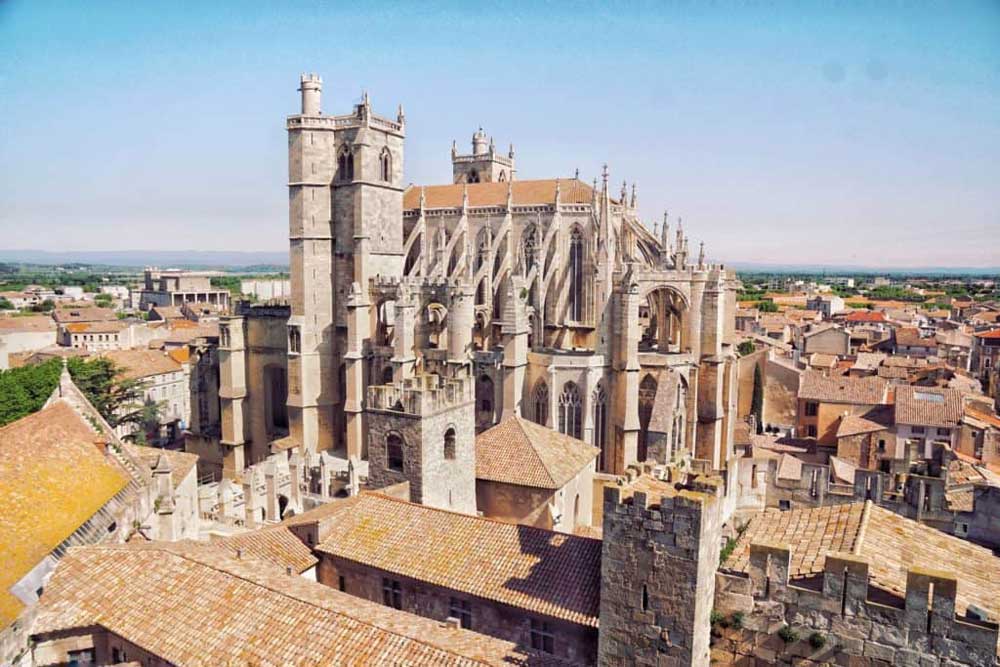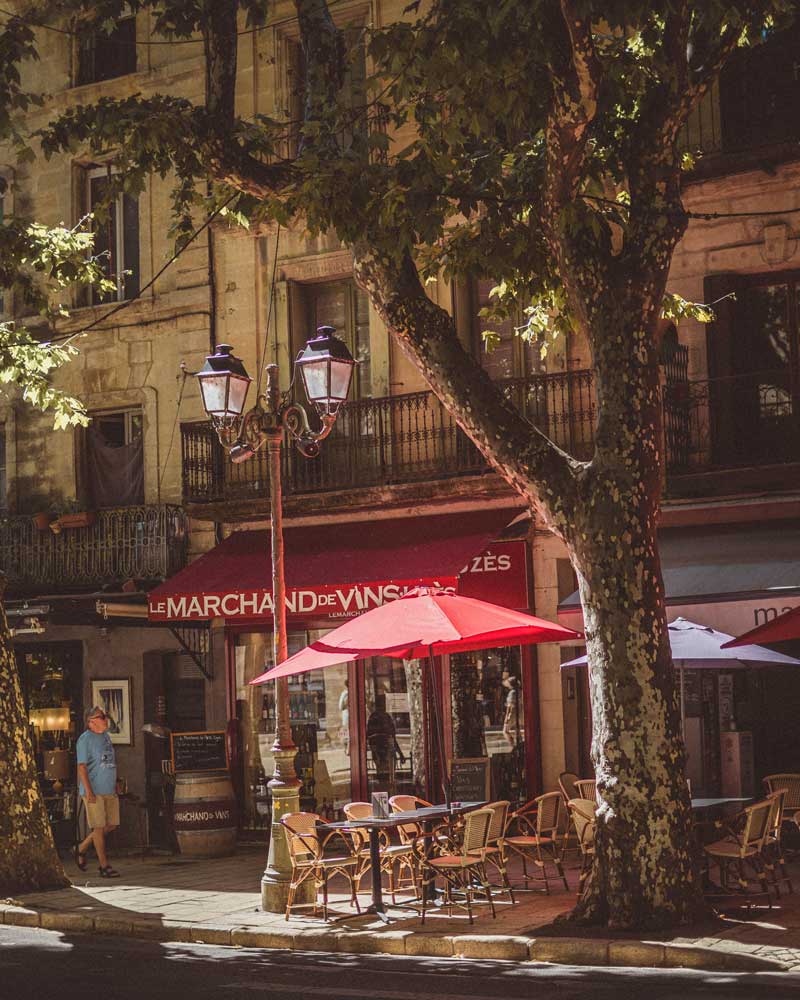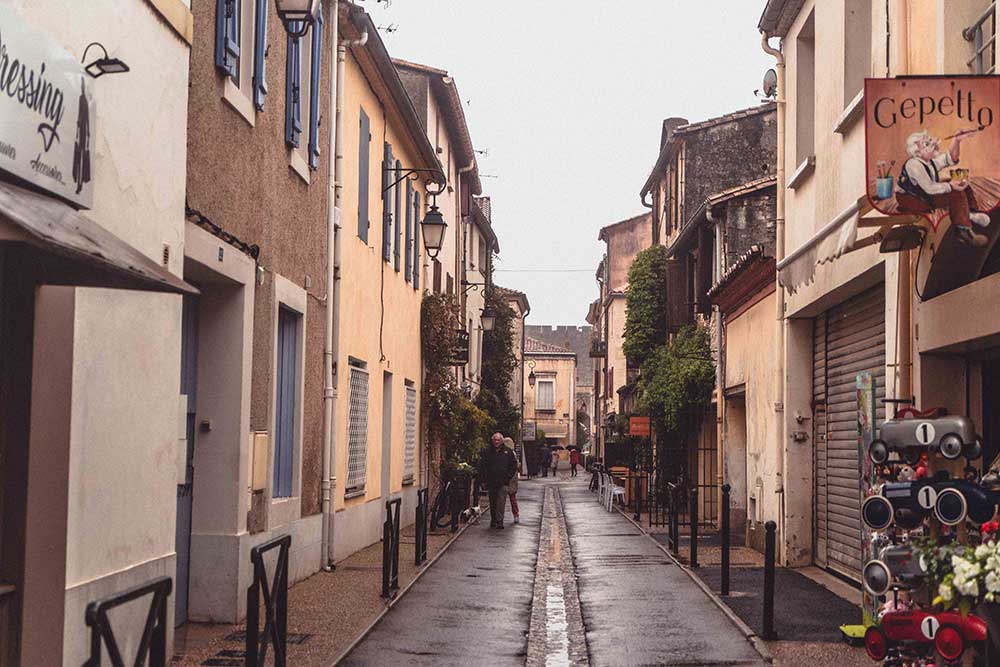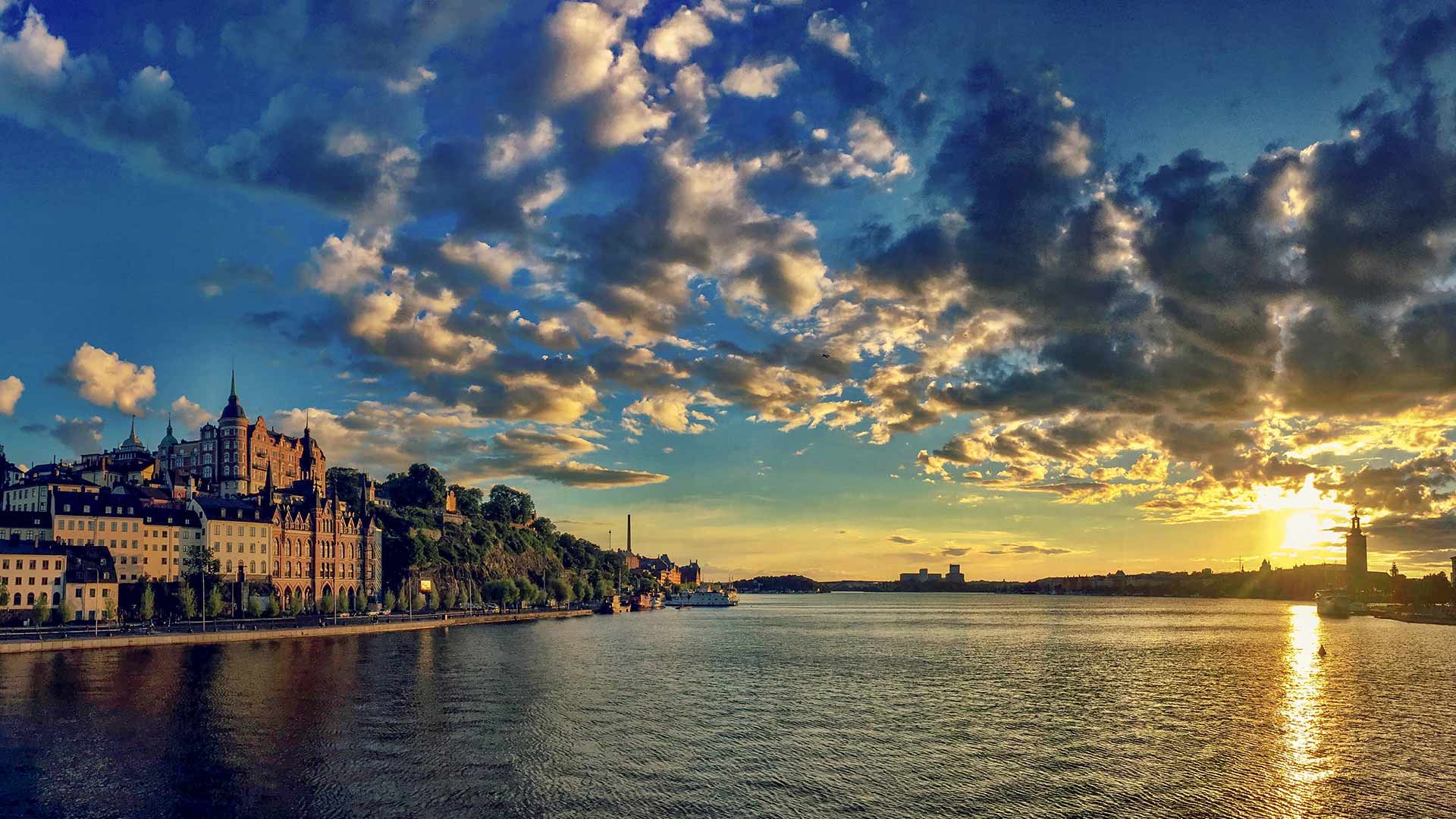
Nestled firmly in the south of France, Occitanie is a region where great food meets fantastic weather and over two millennia of history is scattered around the sun-soaked landscape. Between fairytale towns, charming landscapes, and friendly locals, it’s one of the most popular French escapes for a holiday in the sun. Here are some of the best picks for places to visit in Occitanie, as well as some of the region’s best-kept secrets and hidden gems.
What is Occitanie known for?
Occitanie as a region was only formed in 2016 following an administrative shakeup which saw 22 regions in Metropolitan France condensed into just 13. At the time, the former regions of Languedoc-Roussillon and Midi-Pyrénées were combined to create one super region. To this day, each former region retains its own sense of culture, identity, and differing landscapes, meaning that Occitanie boasts one of the greatest diversities of any French region.
Languedoc-Roussillon is best-known for its wine production. Indeed, this is the largest wine producing region in France by both production output and number of vineyards. Wine is produced in former Languedoc-Roussillon in such great quantities that one in three bottles of wine produced in France is made here.
Meanwhile, the former Midi-Pyrénées is an area which lies in the foothills of the Pyrenee mountains which separate France from Spain and boasts some of France’s most famous waterways; the River Garonne, the River Lot, and the Canal du Midi.
The latter waterway is undoubtedly the most famous canal in France and spans 360 km in navigable length, making it one of the greatest feats of 17th-century engineering. It’s of such historical importance that the Canal du Midi has been listed as UNESCO since 1997. For a further look at this beautiful area, be sure to check out Murder In…: Canal du Midi.
Some of the greatest culinary delights to have emerged from Occitanie include Roquefort (one of the world’s most famous blue cheeses originates from the eponymous town of Roquefort-sur-Soulzon), Cassoulet (a white bean and meat stew that is alleged to have been created during the Hundred Years’ War), and Saucisse de Toulouse (a sausage dish made through a rather rigorous process).
Toulouse
La Ville Rose as it is so-called in French is a delightful city characterized by its rose stone façades and its numerous days of sunshine a year. The capital of Occitanie was featured in Murder In…: Toulouse, in which several iconic spots of the city are used as filming locations. Place St-Sernin, Place du Capitole, and Quais de la Garonne are all featured in the episode. When it comes to experiencing life in southern France, Place du Capitole is the place to visit.
This illustrious square is the beating heart of the city and one of the greatest pleasures in Toulouse is to sit on a café terrace under a blue sky, sip on a coffee, and watch the world go by. From one of the cafés on the square, you’ll easily spy le Capitole, a town hall fit for a king! It’s even possible to enter inside the Classical architectural style building for free and see the painted rooms, including 20th-century allegories of Love by Paul Gervais.
Yet another architectural marvel in the city can be seen in the form of Couvent des Jacobins. This all-brick former convent was founded in the 13th-century and today boasts treasures such as the reliquary of Thomas Aquinas and ‘the Palm Tree,’ a column in the church which resembles a ‘palmier’.
Narbonne
A quaint town with a seafaring past, Narbonne is a little off the beaten path and was once inhabited by the Romans. When it was founded circa 118 BCE, the sunny settlement was known as Narbo Martius and would have been located on the edge of the Mediterranean Sea.
However, silt and sand has built up over the centuries meaning that Narbonne is now some 15 km away from the shoreline. Nevertheless, traces of the town’s Roman past can be seen all across town, including a slice of the Roman Via Domitia (one of the most important roads of then Gaul) and in the Roman Museum, known as the Narbo Via museum.
For those who enjoy a bird’s eye perspective, climbing the Donjon Gilles Aycelin (Donjon means “keep” in English) is a no-brainer. This medieval fortified tower is named after an archbishop from the 12th-century and is now part of the Palais-Musée des Archevêques, Parcours d’Art complex.
Tickets allow you to visit a number of exhibitions showcasing the history of the town during the Middle Ages, as well as climb the 140+ steps to reach the top of the tower. From the top, you can enjoy views of sun-kissed Narbonne, including the impressive Gothic cathedral complete with flying buttresses.
Uzès
Yet another little town in Occitanie which is worth a closer look thanks to its sun-kissed architecture, wealth of churches, and smattering of small lanes to explore is Uzès. This Occitanie settlement of less than 10,000 residents is perfect for a weekend getaway and its main attractions can even be seen over the course of a day, making it the perfect side excursion during a visit to nearby Pont du Gard.
Like most rural towns in France, the best way to get around Uzès is on foot, allowing the picture-perfect town to reveal itself to you in the form of cobbled lanes, little boutiques selling locally crafted wares (think oil pastels, woven baskets, and the like) and a handful of churches. Begin in the market square (known as Place aux Herbes) where a weekly market is still held every Wednesday morning.
Even if it’s not market day on the day that you’re visiting, sitting out on the terrace of one of the centrally located cafés is a delightful spot to indulge in local cuisine and a favored French pastime: people watching.
For one of the best views in town a visit to the Medieval Gardens is a must. For a reasonable fee of under €10 for an adult ticket, it’s possible to climb the steps of the Tour de Roi to enjoy panoramic views of Uzès, marvel at the graffiti of prisoners from the Middle Ages in the Tour de l’Evèque, and see a recreation of a medieval medicinal herb garden.
Pont du Gard
Those with a penchant for Roman history should be sure to check out the illustrious Pont du Gard, if only to marvel at its sheer size. The bridge is only a twenty minute drive away from Uzès. The historic structure began life as an aqueduct in the 1st Century CE to carry water to what is now Nîmes (then known as Nemausus). It’s now the most visited Roman attraction in France.
The best time of the year to visit Pont du Gard is undoubtedly in the summer months, when it’s possible to bathe in the gently flowing river which passes under the bridge or even book to go on a kayaking tour, which will take you down the crystal-clear river Gardon.
Aigues-Mortes
The rather somber sounding name of Aigues-Mortes comes from the Latin De Aquae Mortuae and is translated into English as dead water. This is one of the best-preserved walled cities in France and to this day, for a fee it’s possible to stroll along the ramparts which date back to the Middle Ages.
As well as a morbid name, the town has a rather tragic history. Its most haunting event is referred to as the Massacre of the Italians which occurred in August of 1893. As a result of rising tensions and nationalism in the region, immigrant Italian workers were targeted by French laborers and officially 8 people died, though some estimates put the figure as high as 150.
When Aigues-Mortes was founded, it wasn’t located right by the sea, but instead a series of lagoons, lakes, and waterways were created to transport boats from the city out to the open sea.
Just like the changing tides, the shoreline has ebbed and flowed over the ages and nowadays Aigues-Mortes is surrounded by a marshy landscape which is used to harvest salt, known locally as Fleur du sel. The salt is one of the most popular souvenirs to buy from the town. For an even greater look at Aigues-Mortes, be sure to stream Murder In…: Aigues-Mortes.
A final note
Occitanie is the region of France to visit for those seeking out history and sun in a quieter environment than the neighboring region of Provence-Alpes-Côte d’Azur. Home to over two millennia worth of myths and legends, more vineyards than you could hope to visit in a single lifetime, and plenty of charming towns, there’s no shortage of attractions to pique the interest of even the most intrepid of travelers. For an even greater glimpse of Occitanie, be sure to check out the following Murder In episodes:
Episodes featuring Occitanie, France on MHz Choice
About the Author
Sophie Nadeau is a British Canadian travel writer currently residing in Paris with her French husband. She has been lucky enough to have lived in several different countries and has run her travel blog, solosophie.com, full time since 2017. With a particular interest in history and culture (especially if there’s a château visit involved), she spends her spare time painting, reading, cooking up vegetarian recipes, spending too much looking up dog photos online, and researching new hidden gems to discover.












